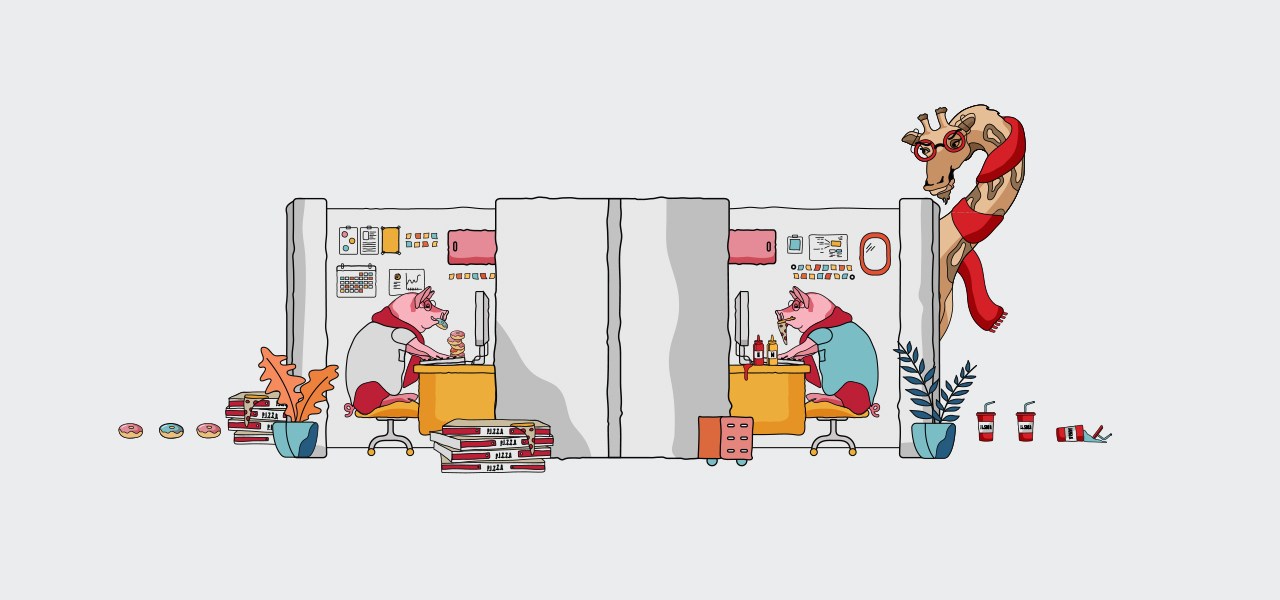The inside story of the four-day workweek

First it was a failure, then it was a success. Then it was a failure again. Now it’s, er, who knows? That’s a brief synopsis of the changing story arc in coverage about the four-day workweek. It’s undoubtedly the Himalayan Yeti of routinized labor schedules.
The most recent organization to trumpet the truncated workweek is Microsoft Japan, which boasted about its four-days-a-week trial last summer. The company gave more than 2,200 workers Fridays off but paid them the same. The results, according to Microsoft’s own report, were generally good; the company saved on energy costs and productivity increased.
In the wake of these preliminary findings, the online content machine pounced. Dozens of news articles appeared as outlets, from CNBC to the New York Post and NPR, covered the findings. This small experiment produced what was deemed some potentially positive results — along with a barrage of dramatic headlines, almost productivity porn. Microsoft Japan is now hedging a bit on the takeaways from last summer, saying it might try the shortened workweek this winter but not promising to.
While the four-day workweek might sound like a dream to some people, few organizations have initiated large trials. And some experiments underwhelmed decision-makers. In 2008, the state of Utah, for example, adopted a 10-hours-a-day schedule for its state workers, four times a week. Officials embraced the change because of the then growing expense of gas. Yet state planners detected only a modest uptick in energy conservation, NPR reported in 2009, adding, however, that they found the new schedule brought about “unexpected boosts to productivity and worker satisfaction.”
Originally, the plan was billed as a cost and energy saver, but critics weren’t so sure about the program’s merits. Utah underwent a state audit a few years later and found the new arrangement resulted in few savings. In 2011, Utah returned to its normal five-day workweek, save for a couple of cities and departments. Some advocates of the condensed schedule maintain, however, that the state didn’t give the trial a fair shot.
An estate planning company in New Zealand, Perpetual Guardian, has recorded perhaps one of the most well-documented experiments with a four-day workweek. In 2018 its 200-person organization did away with Fridays in the office, and a few months later gave the trial a resounding endorsement: The company permanently adopted a four-day work schedule. Perpetual Garden’s employees and its CEO frequently discuss the matter on the record. “What we’re trying to do here is to frame the debate in a way that makes it easier for companies to say, you know what, let’s give this a go,” CEO Andrew Barnes told Fast Company.
Barnes has become a poster child for a potential movement. Dozens of news outlets have reported on his experiment, including the Guardian (at least twice), Fortune, CNN and The New York Times. He has launched an organization called 4 Day Week, which advocates for more offices to follow his company’s lead. Barnes is even writing a book also to be called, yes, “4 Day Week,” which according to his website, will present “a radical, convincing case for a sustainable, profitable future in which we work less, but are more productive, engaged and satisfied.”
He’s not the only ardent advocate. Washingtonian Jon Steinman is an entrepreneur turned activist who actively promotes the four-day workweek. In his estimation, what’s required is not a piecemeal, company-by-company approach but something more radical. “It needs support from above,” he says.
A look at the extensive news coverage might prompt someone to conclude this is burgeoning phenomenon. Interest from many people has certainly been piqued, but the examples remain isolated. Still, Steinman sees a bright future for the idea — and his PR strategy may be why. Politicians are taking his calls and more people are nodding in approval. Democratic presidential candidate Andrew Yang has sung the four-day workweek’s praises and fellow contender Bernie Sanders says he is exploring the idea. Says Steinman: “It’s gone from fantasy to attainable reality really fast.”
Indeed, other companies like Shake Shack have decided to test it. “We’ve dreamed of doing this for so long,” CEO Randy Garutti said in November when his company reported its third-quarter earnings. But even with more organizations testing the idea, Steinman insists the real benefits won’t be reaped until many people press for its large-scale adoption like labor unions’ push for the eight-hour day. “A lot of the big benefits of the four-day workweek [don’t] happen until it’s society-wide,” Steinman says.
